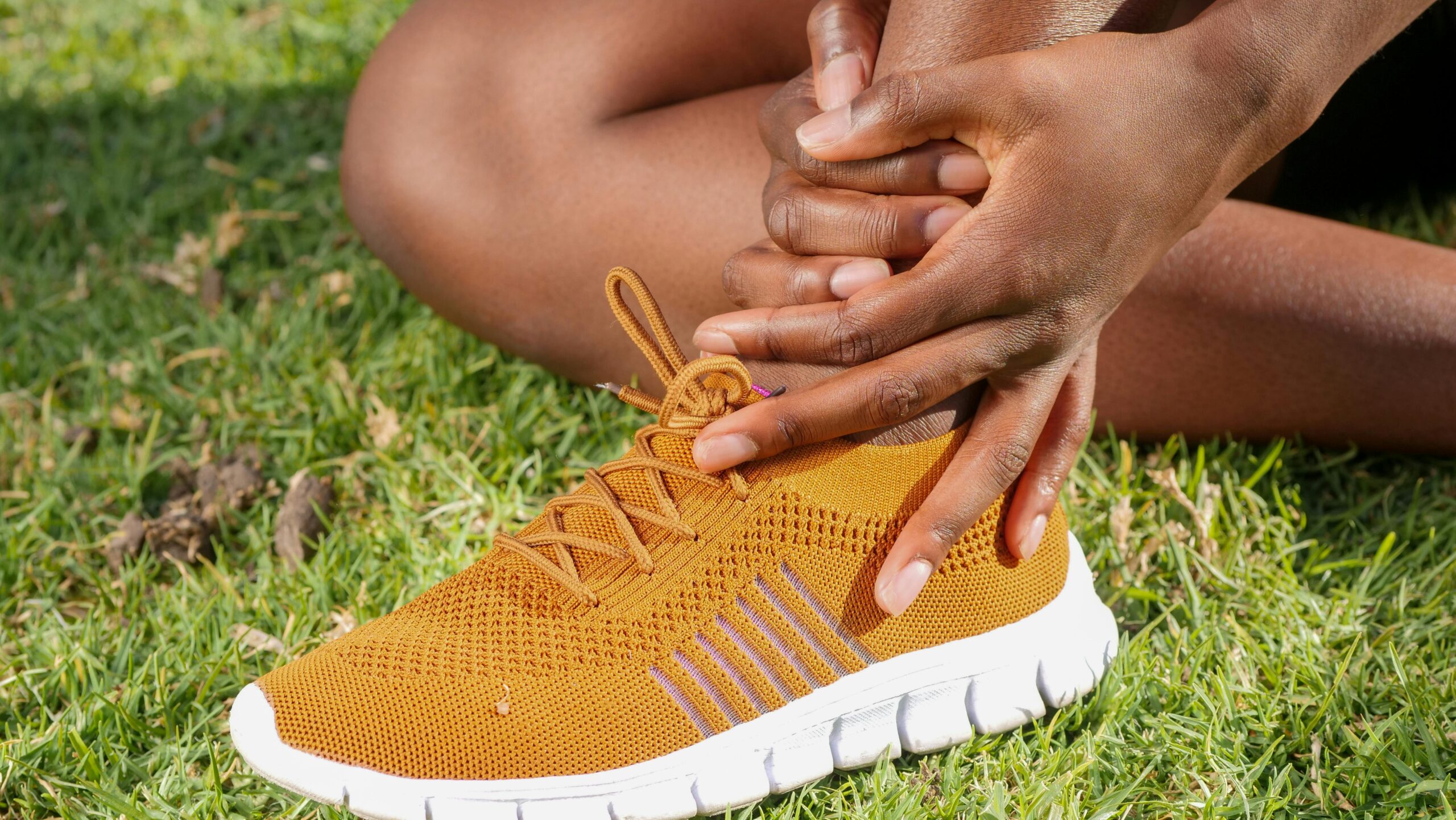
Osteoarthritis FAQ
Osteoarthritis FAQ
What is osteoarthritis?
Osteoarthritis is the most prevalent form of arthritis, afflicting 30.8 million adults in the United States.
Osteoarthritis is a disease that damages the slippery tissue that covers the ends of bones in a joint. This allows the bones to rub together. The rubbing causes pain, swelling and loss of motion of the joint. Over time, the joint may lose its normal shape.
The condition can cause bone spurs to grow on the edges of the joint. Bits of bone or cartilage can break off and float inside the joint space, which causes more pain and damage. Unlike some other forms of arthritis, osteoarthritis affects only joints and not internal organs.
Who can get it?
Osteoarthritis occurs most often in older people. Younger people sometimes get the disease after joint injuries.
What are the symptoms?
Osteoarthritis can occur in any joint, but it occurs most often in the hands, knees, hips and spine. Warning signs are:
- Stiffness in a joint after getting out of bed or sitting for a long time.
- Swelling or tenderness in one or more joints.
- A crunching feeling or the sound of bone rubbing on bone.
What causes osteoarthritis?
Osteoarthritis usually happens gradually over time. Some things that might make it more likely include:
- Being overweight
- Getting older
- Joint injury
- Joints that are not properly formed
- A genetic defect in joint cartilage
- Stresses on the joints from certain jobs and playing sports
Is there a test for the condition?
Most doctors use several methods to diagnose the disease and rule out other problems:
- Ask you about your medical and family history.
- Give you a physical exam.
- X-rays of the bone or images of the soft tissues in the joint.
- Other tests such as blood tests or examination of the fluid in the joints.
How is it treated?
There are many treatments that can help relieve pain and help you live with osteoarthritis. You should talk to your doctor about the best treatments for you, which can include:
- Medicines
- Non-drug pain relief techniques
- Complementary and alternative therapies
- Surgery
“Today there are many surgical and non-surgical options to decrease or stop arthritic pain,” said Orthopedic Performance Institute’s Dr. Alexandra S. Matthews. “We individualize treatment plans, based on our patient’s concerns, needs and comfort levels. We also use a holistic approach, discussing nutrition and exercise as well as medical interventions.”
If you are feeling any of the symptoms of osteoarthritis, catching it early is crucial. Contact Orthopedic Performance Institute in San Antonio for an appointment today.
Living with osteoarthritis
There are some things you can do to help you live with osteoarthritis, including:
- Exercise can reduce joint pain and stiffness. It also helps with losing weight, which reduces stress on the joints. You should speak to your doctor about a safe, well-rounded exercise program.
- Weight control, particularly losing weight, can reduce stress on joints.
- Heat and cold therapies can reduce joint pain and swelling.
- Nutritional supplements such as glucosamine and chondroitin sulfate may help improve symptoms in some people.
- Patient education programs, arthritis self-management programs, and arthritis support groups can help you learn about self-care and improve your good-health attitude.

 Previous Post
Previous Post Next Post
Next Post




